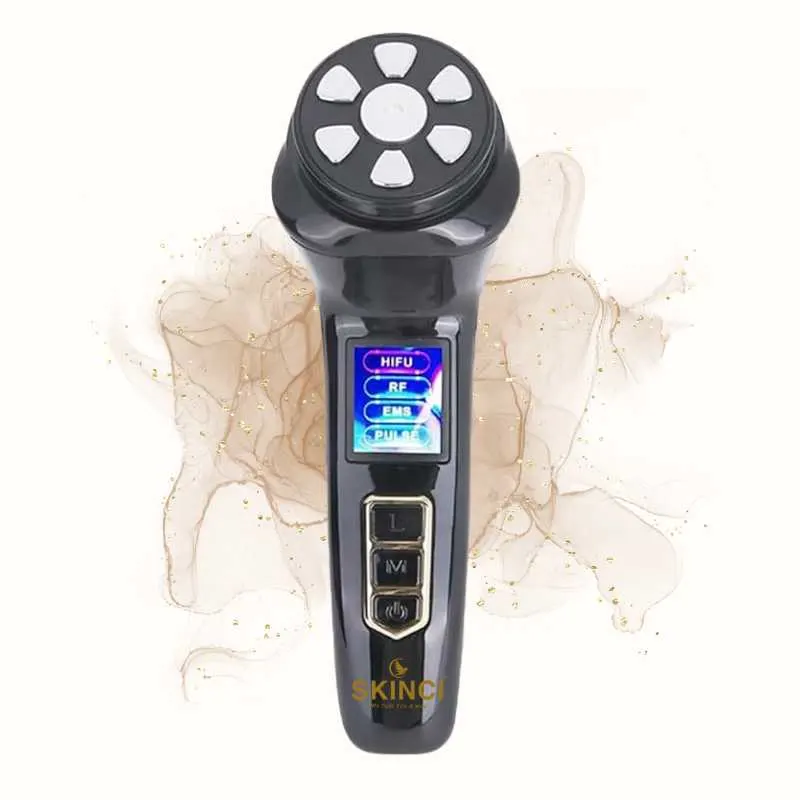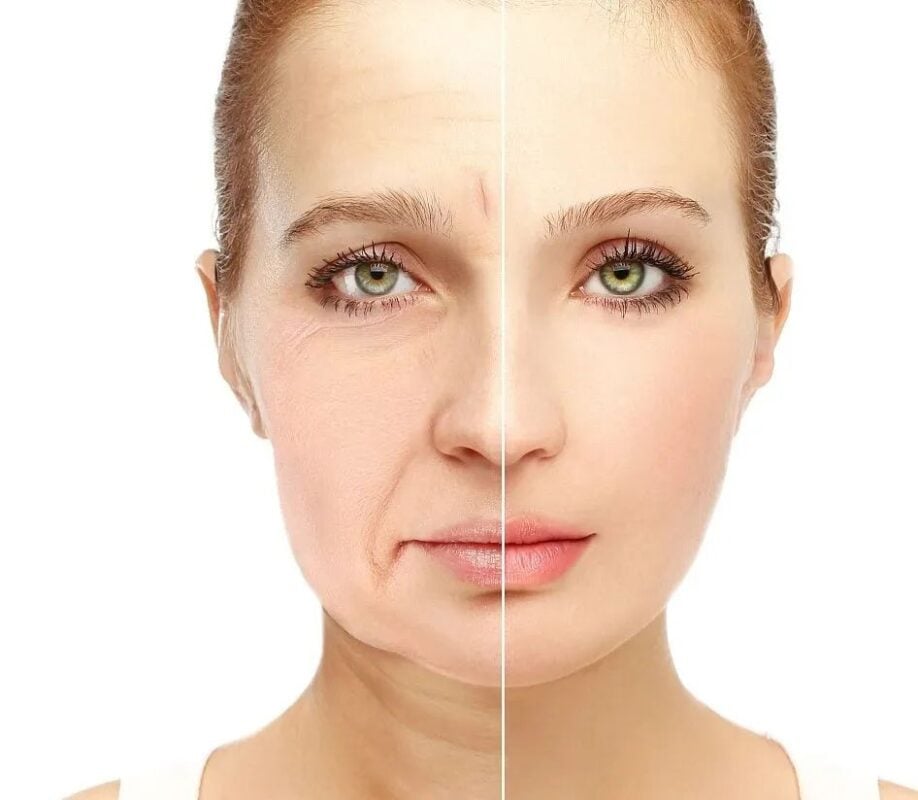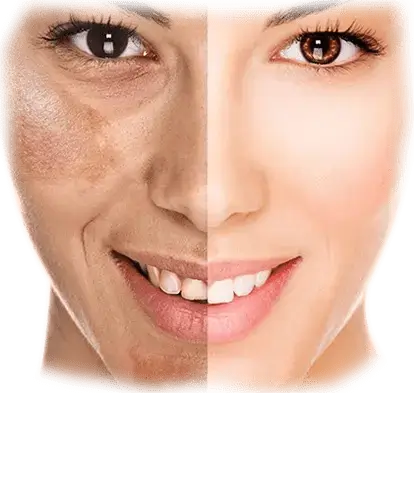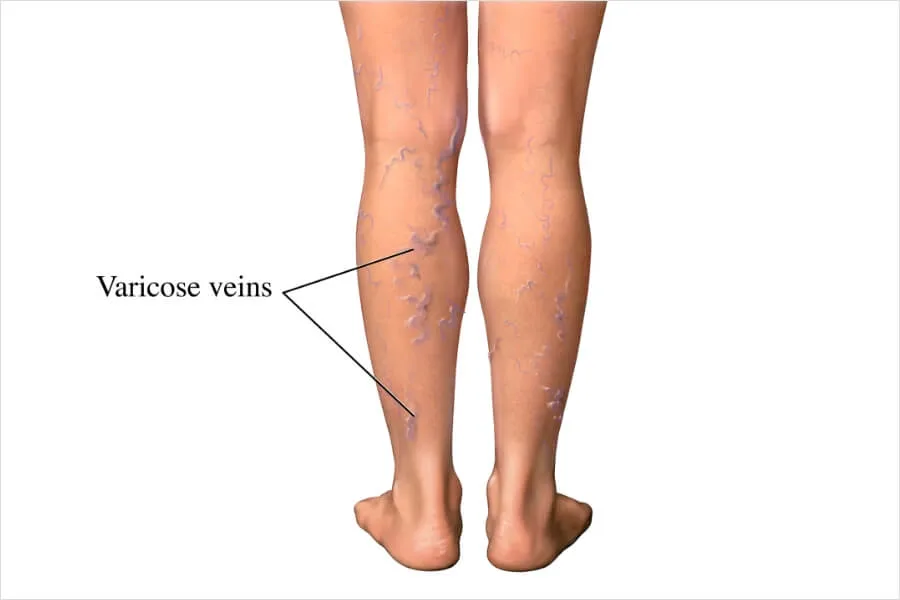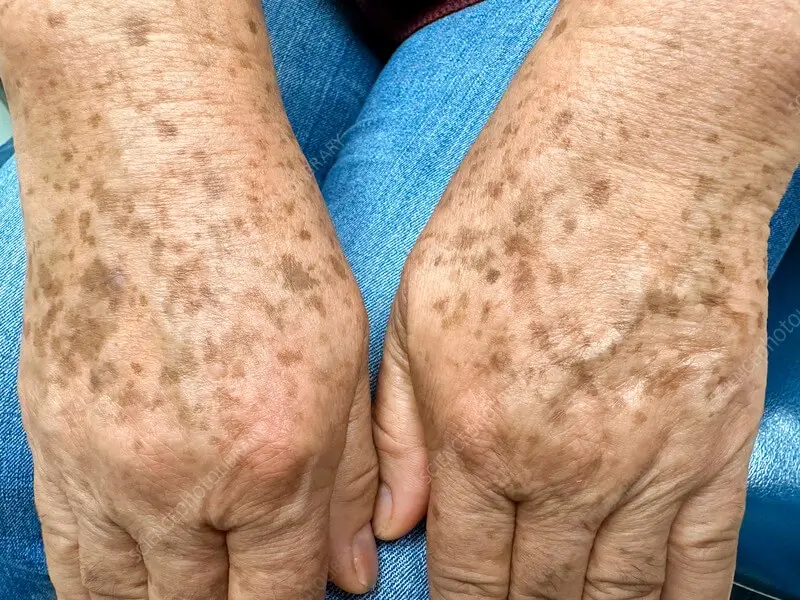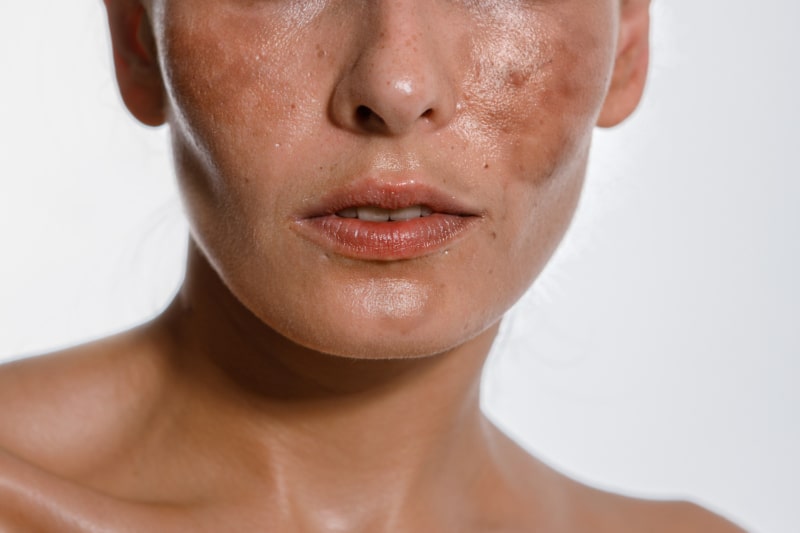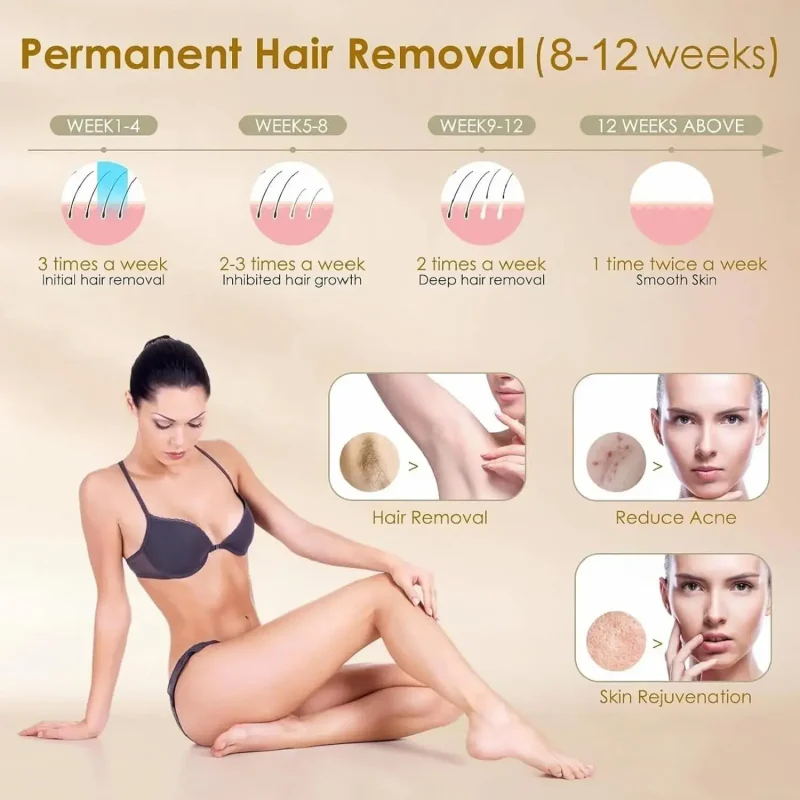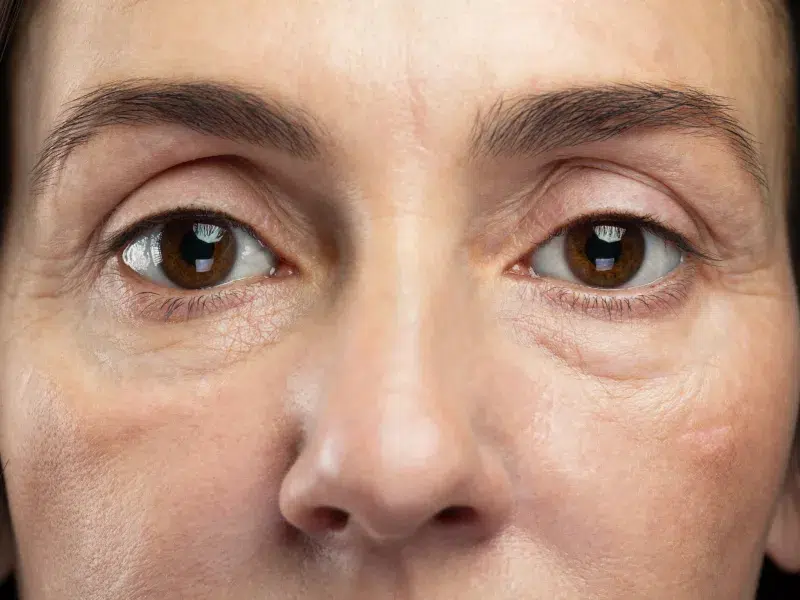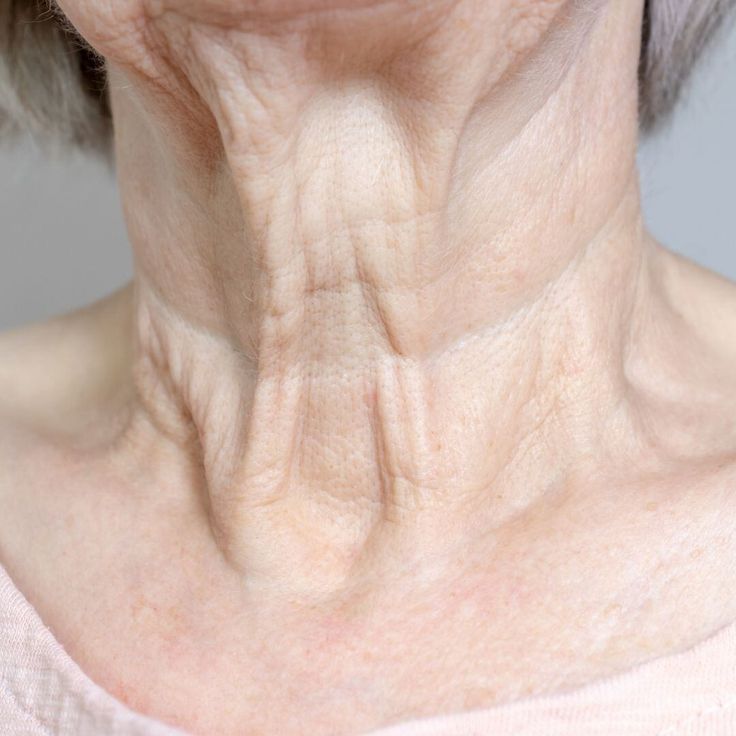Blog
Ptosis (Droopy Eyelid)
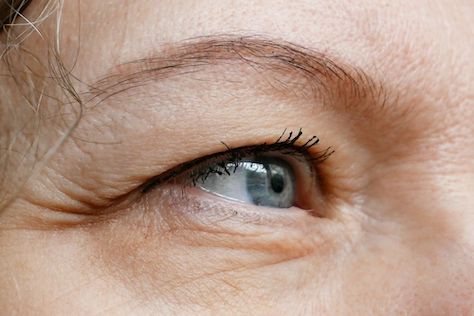
Ptosis (Droopy Eyelid)
Ptosis, or droopy eyelid, means your eyelids droop over your eye. This can impair your vision and lead to other complications. The condition can be present at birth (congenital) or acquired later in life, and there are treatment options available. If ptosis is affecting you, see your eye care specialist to discuss available options.
Advertisement
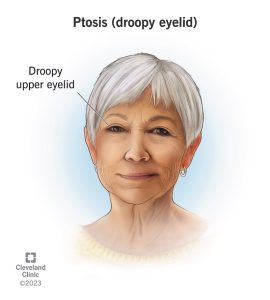
What is ptosis?
Ptosis is a condition in which your upper eyelid droops, sags or falls over your eye. It usually happens because your levator muscle — the muscle that lifts your eyelid — doesn’t work as it should. The condition can limit your vision or block it completely, depending on how much your lid droops. Ptosis of the eyelid can affect one or both upper eyelids. It can also be worse in one eye than the other.
Other names for the condition include blepharoptosis, upper eyelid ptosis or droopy eyelid.
Types of ptosis
Ptosis can affect both children and adults.
- Congenital ptosis: Congenital ptosis means your child was born with the condition. Problems with the development of the levator muscle cause congenital ptosis.
- Acquired ptosis: This type of ptosis affects adults later in life. It occurs when your levator muscle weakens or separates away from your eyelid.
Symptoms and Causes
What are the symptoms of ptosis?
You can typically tell if you or your child has ptosis by your eyelid’s appearance. It may cover only your upper eye, or it may cover your entire pupil. Other ptosis symptoms may include:
- Excessive rubbing of your eyes.
- Increased tearing.
- Decreased or impaired vision.
- Tiredness and achiness around your eyes.
- Children may tip their heads back to see.
What causes ptosis?
Ptosis causes depend on the type. Some babies are born with ptosis in one or both eyelids (congenital ptosis).
Ptosis can occur later in life (acquired ptosis) if the muscles or ligaments that normally raise your eyelid are weakened by injury or disease. Sometimes, the drooping is a result of damage to the nerves that control your eyelid muscles.
Diseases and conditions that may result in ptosis include:
- Stye.
- Horner syndrome.
- Myasthenia gravis.
- Stroke.
- Tumor.
- External ophthalmoplegia.
Most ptosis just happens with aging. As you age, the skin and muscles of your eyelids stretch and weaken. Sometimes, previous eye surgery speeds up this change because the instruments used to keep your eye open during surgery can stretch your eyelid.
What happens if ptosis is left untreated?
If your child has congenital ptosis, the sooner you have it treated, the better. If left untreated, it could impact their vision development and lead to other issues. Mild acquired ptosis is less likely to cause vision problems, and you may not need to seek treatment. But severe ptosis can cause serious complications if you don’t treat it. Complications of ptosis may include:
- Astigmatism: When your eyelid puts pressure on the front of your eye, it can change the shape of your eye. This can cause distortion in your vision (your vision may be stretched or wavy).
- Amblyopia: Astigmatism and other refractive errors (issues focusing due to a need for glasses) can cause amblyopia, or lazy eye.
- Chin-up position: When your child has to tilt their chin up to be able to see beyond their drooping eyelids, it can cause neck problems, tightened forehead muscles and developmental delays.
Diagnosis and Tests
How is ptosis diagnosed?
Healthcare providers can typically detect ptosis by the appearance of a drooping eyelid. If both eyelids are affected, it may be more difficult to diagnose. Your healthcare provider will perform a physical exam. They may refer you to an eye care specialist (ophthalmologist) who will perform an eye exam and may request additional tests.
What tests will be done to diagnose this condition?
Tests that your eye care provider may perform include:
- Slit lamp examination.
- Visual field testing.
- Ocular motility (eye movement) test.
- Tensilon test (uses the drug Tensilon, also known as edrophonium, to diagnose myasthenia gravis).
Management and Treatment
How do you fix ptosis?
Ptosis treatment usually depends on how well your eyelid muscles are functioning. If the condition doesn’t affect your vision and the appearance doesn’t bother you, you might not need treatment at all.
If ptosis causes a problem with vision, appearance or both, your eye care specialist may recommend treatment. The type of treatment depends on whether the ptosis is caused by a disease or by aging. Treating ptosis caused by aging usually involves surgery.
Ptosis surgery
Ptosis surgery is performed under local anesthesia with sedation (you’re awake but you don’t feel the procedure). The types of surgery to repair the droopy lid include the following:
- Your surgeon makes an opening in the skin of your upper eyelid. This allows the surgeon to find the small muscle that raises your eyelid. The surgeon places stitches to tighten this muscle and raise your eyelid. The incision in the skin of your eyelid is then closed with more stitches.
- The surgeon can perform the entire surgery from underneath your eyelid. In this case, your surgeon flips your eyelid and tightens the muscle from underneath. No skin incision is required for this approach.
After surgery, your surgeon will explain how to take care of your eye. It’s important to come back to your provider after surgery so they can check your results. Appointments are usually scheduled for several days to one week after surgery.
Complications of the treatment
Complications can occur after ptosis surgery. Immediately following surgery, your eyelid height and shape may be asymmetrical. Your surgeon may have also under- or overcorrected your condition, which should resolve over time. Other complications of ptosis surgery include:
- Bleeding from the wound.
- Surgical site infection.
- Damage to your cornea.
- Incomplete or abnormal closure of your eyelids.
- Recurrent (returning) ptosis.
Eye drops for ptosis
A prescription eye drop medication for adults with some forms of acquired ptosis is available. The medication is called oxymetazoline, and it targets the levator muscle. After using the drops, some people have noticed their eyelid opens wider. To continue working, you must use the drops every day. The drops don’t work for all forms of ptosis, so talk to your ophthalmologist to see if they’ll work for you.
Outlook / Prognosis
What can I expect if I have ptosis?
The outlook (prognosis) for ptosis depends on the type and severity of the condition. If you need surgery, the outlook is generally good. Most surgeries to correct drooping eyelids are very successful.
Prevention
Can ptosis be prevented?
You can’t prevent congenital ptosis since it’s present at birth (your baby is born with it). Most causes of acquired ptosis are difficult to prevent, as well.
Living With
When should I see my healthcare provider?
You should see your eye care specialist if ptosis is affecting your vision. You should also reach out to them if:
- The condition affects your appearance and it bothers you.
- One eyelid suddenly starts drooping or closing.
- You have any double vision or pain.
If your child has ptosis, they should see an eye care specialist right away to assess their condition. Sometimes, their provider may recommend treatment immediately to prevent issues with vision development. Regardless if they receive treatment right away or later on, they should see an ophthalmologist regularly to keep track of their vision through regular eye exams.
We will provide you with the best products to treat this condition faster and safer than previous treatments.
Products that treat this condition
Here you will find the solution to your problem

